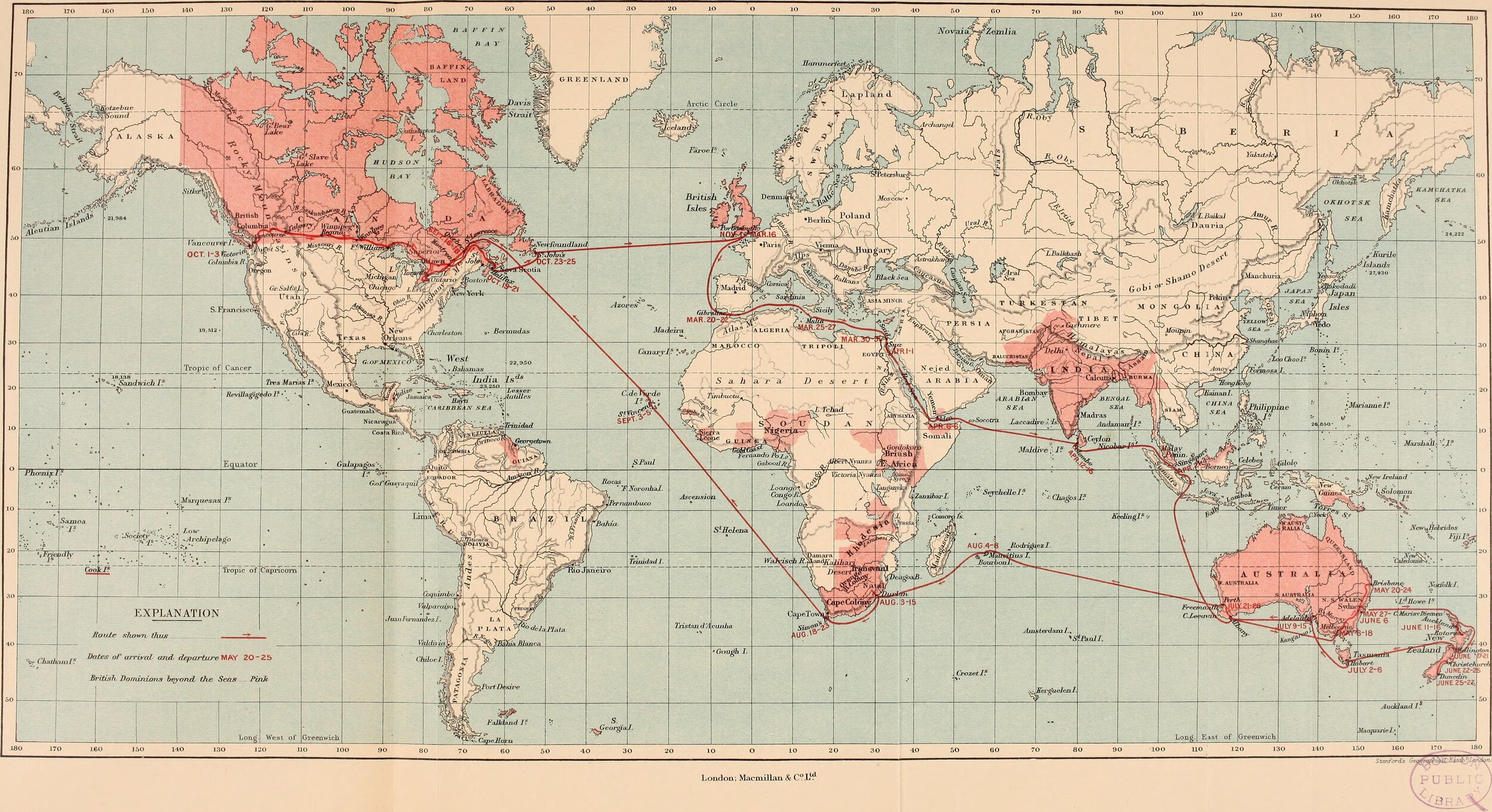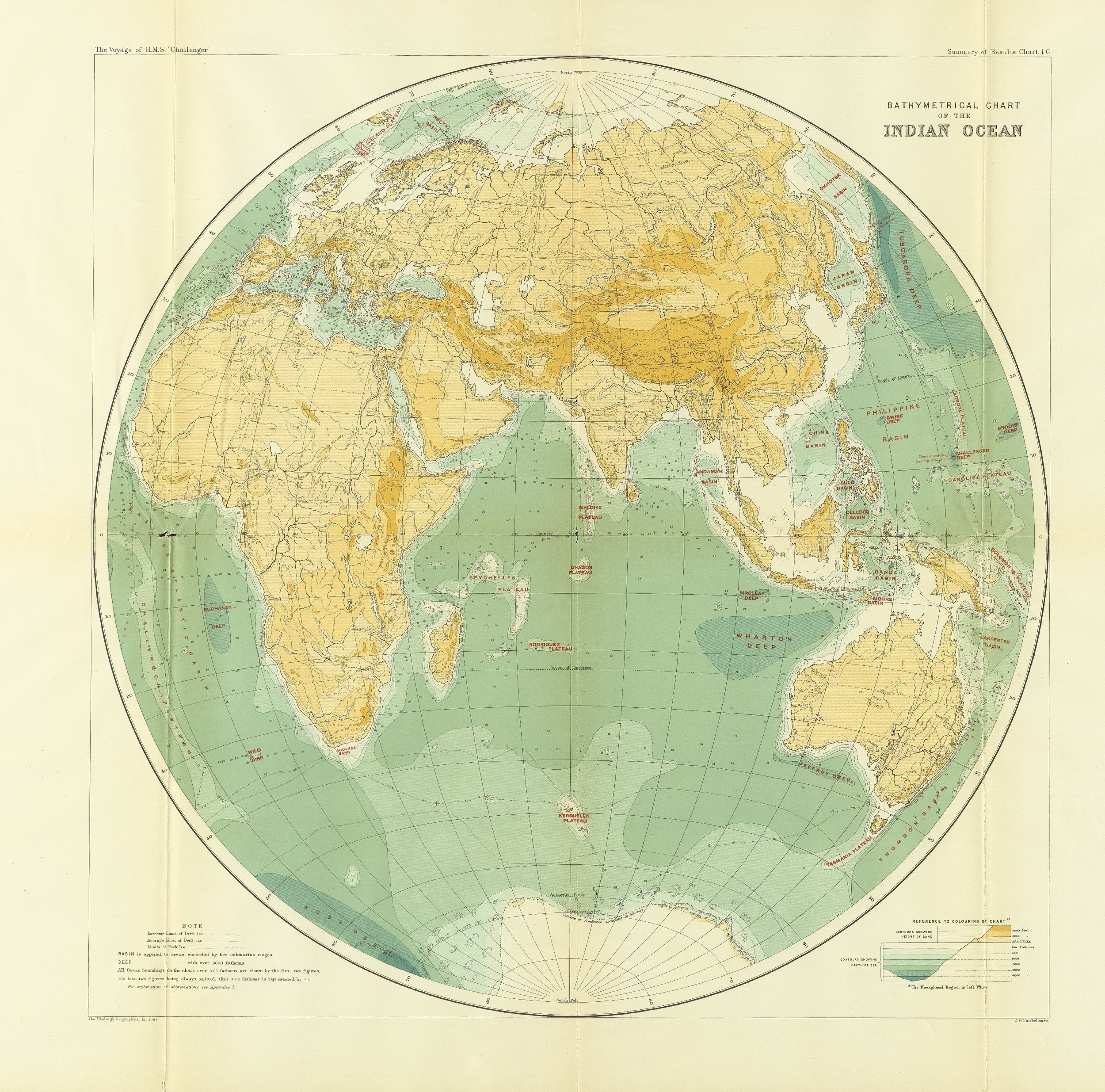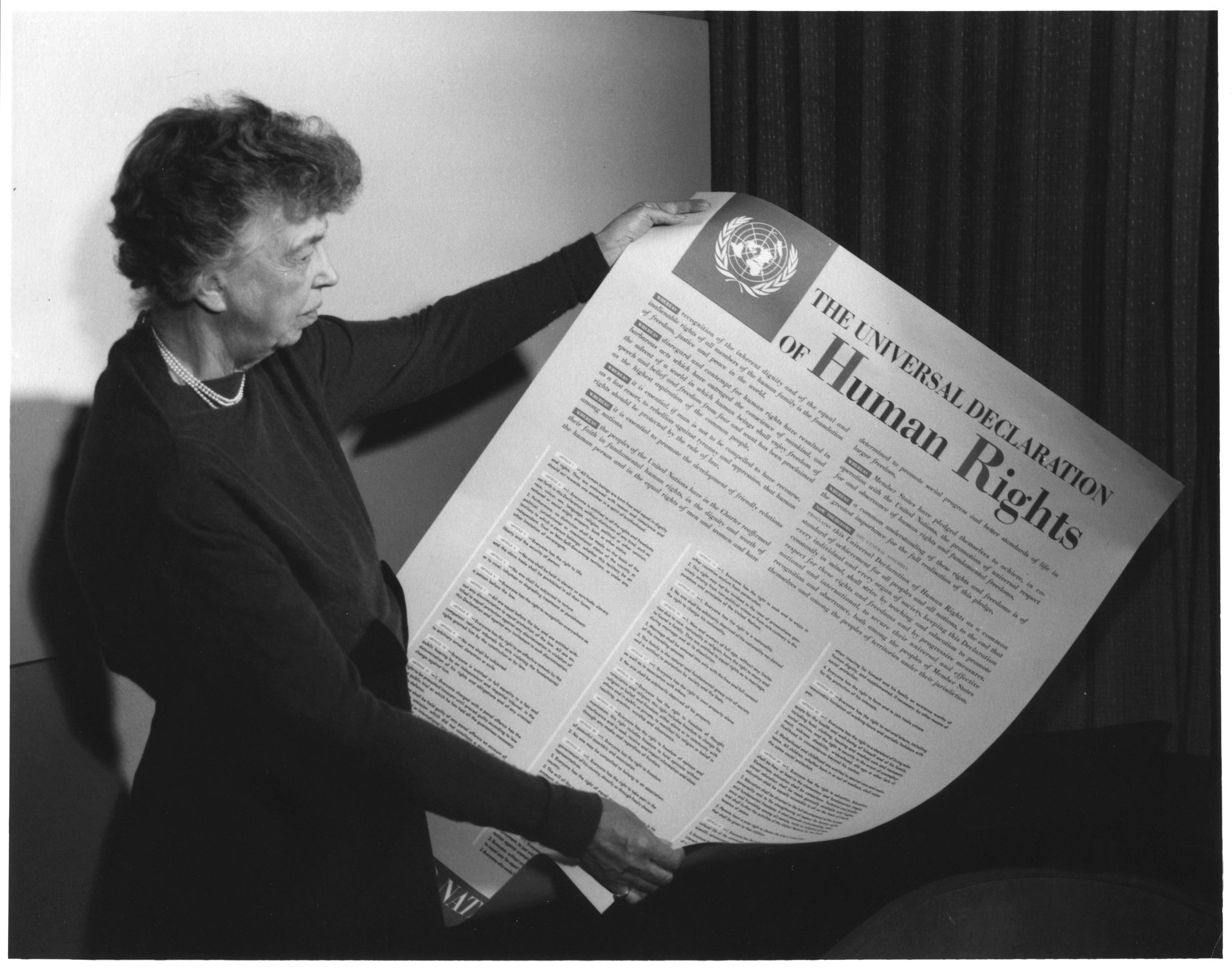
Part 5:
1945 to 2020: The Big Picture
#94 America, China, and the Struggle for Global Hegemony: Can the World Survive?
The peoples of Western Europe had risen from one world of relative poverty and had learnt how to take the wealth from the Americas and transfer it to their own countries. This was slavery and latterly until 1920, indentureship. A whole set up of banks, shipping companies, and insurance companies had arisen to make these transfers possible. From the 1750s the European invaders turned their attention to Asia and systematically began the colonisation process anew. At the same time, as they attempted to colonise and extract the wealth of Asia, the colonising countries began the process we now recognise as industrialisation alongside the rapid growth of cities. The surplus resources extracted through colonisation were used to finance the growth of new industries.
#93 The Middle East and The War on Terror
The four nations of Afghanistan, Iraq under Saddam Hussein, Libya under Colonel Gaddafi, and Syria under Bassar al AsThe four nations of Afghanistan, Iraq under Saddam Hussein, Libya under Colonel Gaddafi, and Syria under Bassar al Assad, were all in their own way attempting to develop their societies by the year 2000. All four had their faults; but all four nations were ‘progressing' on the criterion of development - in popular education, development of infrastructure and industries. As everyone knows, all four were overtly invaded by different variations of the US-led military machine, often alongside proxy forces.
#91 The Old Colonies: Development and Underdevelopment in the 21st Century
The USA’s relations with the southern countries in Asia, Africa, the Middle East, and Latin America have been to treat them, in principle, in a similar manner in which the Soviet Union was treated after 1991. That is, like those under the old colonial regimes.
By the end of the second decade of the 21st century, many countries of the South remained mired in deep poverty, despite 60 or 70 years of independence from colonial rule. People worldwide wanted the wealth they could see on their screens in the West.
#90 The Creation of Israel: A Bulwark against the Arabic World
Recent international humanitarian groups have publicly defined Israeli/Palestinians as a form of apartheid. The consequences have been consistent: war and permanent conflict. Israel's survival as an independent state has been due to the support they have received from the USA. Israel has become the largest per head recipient of financial aid in the world. Israel has a nuclear arsenal and armed forces unlike any other nation in the region.
#89 The Fall of the Soviet Union
When the Soviet Union collapsed in 1989, the western world was stunned. Their hyperbole of criticism and their lack of access to Soviet economic statistics left the Western countries unprepared for what to do next. The USA was prepared to celebrate; their Cold War had been successful, and they moved their best economists to Moscow to advise. From having no access and very limited knowledge, suddenly the situation was reversed. Their imperial ambitions soared.
#88 World Power: An Aphrodisiac for the Unwary
The key to understanding the Americans and world power after 1945 is that maintaining her competitive advantage has always been her key political concern. That has meant creating and then maintaining key alliances with a select number of nation-states like Israel and the old colonial nations of Europe, Japan, and to a lesser degree South Korea. All the others were nations that needed to be dominated.
#87 The Dominant Theme of the 20th and 21st century
The present-day Ukrainian example could not be a better example: The struggle to obtain and then hold onto World Power became the dominant theme of every struggle around the world after 1945. No local struggle however small could be understood after 1945 without an understanding of the dynamics of the global power play. The struggle first manifested itself in the Cold War, from 1948 to 1989. The USSR was seen as an enemy of the USA, throughout this period. The USA organised itself to oppose any move of any state to become Socialist. Past blogs have given many examples. By the 1980s, no means was too horrific for the USA (for a time even torture became normal policy).
#86 China’s Overseas Policy: Part 2
Conclusions arising from China’s Global infrastructure on the world stage are still difficult to assess. Do Chinese world policies create a new form of Imperialism as part of the anti-China rhetoric suggests?
That the USA resents the rise of China as a contender for world power is obvious. China is different as a contender state when compared to Germany before 1914 and the USSR after 1945. It is worth our time to consider these large questions?
#85 China and the rest of the World
Chinese foreign policy in the period from 1949 to 2000 was largely defensive and determined to maintain the revolution. Only after the Chinese treasury was replete with US dollars, and after they began to accommodate American and other western global companies, could they begin to develop a global policy. This was part of the story; the other vital aspect was the lesson they learned from the Soviet collapse in 1991.
#79 The Growth and Growth of China
China has had a centralised society governed over millennia by various dynasties of Emperors. Over the past 500 years, centralised empires in the Americas, Africa, Asia and Europe were destroyed by the marauding powers of Western colonialism. China as a centralised power survived; she reinvented herself. China had developed herself over an extraordinarily long period. Empires like the Ottomans, Russia, or the now-forgotten Holy Roman Empire, lasted for some hundreds of years; but the Chinese empire has lasted over thousands of years.
Chinese development presents to Western audiences one of the major enigmas of this moment of history. On the one hand, we have China’s remarkable growth over the last 50 years, with her ability to enrich almost her entire population. On the other hand, is the struggle for world power with the USA, which is forced on China whether she wishes it or not.
#78 Super Wealth, Poverty and Inequality
From 1973, 70-80% of the USA working peoples income has remained static. The US has remained at war for the entire period. Over the last 20 years, she laid waste most of the modern Middle East. Her attempt to control the world economies have become ever more extreme. The wealth of the wealthiest has shown no boundaries. And now with the unsuspected arrival of a crisis in the forms of climate change and covid infections, the world is a more uncertain place than at almost any time since 1945.
#76 Gold, Dollars and World Trade
The dollar system for trade works well enough for the Western countries. But for any country which the USA disapproves of, she imposes 'sanctions' and that limits the availability of dollars for trade. Cuba has been sanctioned for decades by the USA. Today there are now many new examples: Russia, Venezuela, North Korea, Iran, and Syria are perhaps the main sanctioned countries. Domestic banks across Europe are forced to demand that their customers conform to US foreign policy.
There are now movements to combat these hindrances. China has for some years wanted to use her currency, the renminbi, for world trade. China has already begun to avoid the dollar system, which regularly infuriates the leaders in Washington.
#75 The New Economic Normality 1971-2020: The Market and Neo-Liberalism
The essence of free-market ideology since the first half of the 19th century until now has been that competing firms were efficient and represented the best way to run society. Governments would overspend; organised labour is selfish; barriers to the movement of capital services and labour should be reduced to the minimum. This is neo-liberalism in a nutshell. The reality is, of course, very different, as firms tend to move to monopoly or oligopoly, and so inequality increases. This is not the place to expand the argument into economic theory. Neo-liberal economics has been widely practised across the world for the last 50 years.
#74 New Freedoms: the European Union before Neo-liberalism
The trades unions were freed after 1945 as never before, or since. From 1971, Trades Union freedoms were curtailed by Governments across Europe. After 1945, for the first time, trades unions became involved in the discussion of wage increases, they sat on board on national industrial policies. The Union movement that had first appeared on national scenes in the latter part of the 19th century was suddenly freed from the shackles of government legislation. And for a while, Union leaders thought this was to be the new normal. Over 25 years, there was a great expansion of militant trade union activity.
#73 Tax Havens and the World's Rich
Half of the world's trade is said to pass through the tax havens. Trillions of US dollars have managed to avoid tax. In some sense, crime and corruption have come to be accepted as normal business. There has been a significant public outcry at the existence of these havens, not least because the rich are not taxed in a fair and just manner. Whistle-blowers have managed to expose those using these tax havens, embarrassing wealthy firms and individuals.
#70 The ‘Third World’ & Development
Senator Joseph McCarthy led a government-supported campaign from the late 1940s to the late 1950s, to rid the USA of anyone with left-leaning tendencies. It was argued at the time, with justification, that he set up a witch hunt to track down subversives: people antagonistic to the high ideals which USA ideology had persuaded themselves was their own God-given destiny. McCarthy and his allies were consumed by fear and paranoia as if American civilisation was about to be taken over. The campaign was focused on people in academia, the arts and entertainment, labour union activists, and those in public service. These were accusations of subversion or treason, often without proper evidence.
#69 Development Aid: The Master Stroke
The mechanics of the West German recovery is a tale rarely told. The Marshall Plan was the means through which the Americans channelled money for the recovery of all states in Europe in the Western sector and Japan. The USA had 80% of the world’s gold supply, so could well afford the largesse needed by all the collapsed economies. Over the four years, $13 billion (equivalent to well over $100 billion today) or 0.5% of the USA Gross Domestic Product (GDP) was channelled into dollar-starved Europe
#68 The Marshall Plan: Protecting Europe from Communism
The Marshall Plan had several purposes. First, the American economy needed outlets for export, and second, the entire European and Japanese economies were in ruins and debt from the war. The Marshall Plan provided much-needed trading dollars. The plan was also intended to counter the attractions of Soviet Communism and probably saved western Europe from following a socialist path. The infrastructure of Europe, including a large number of homes and factories, had been destroyed by the war.
#67 The Creation of New Global Infrastructure to Rule the World
Well before the Japanese attacked Pearl Harbour, US war planners were envisaging the defeat of Germany and Japan and the break-up of Europe's various Empires. They imagined the creation of small independent nations, umbilically tied into the US dollar and planners drafted blueprints for the United Nations. The ideologies of Pax Americana, Providential Exceptionalism and Universalism led a large group. The move of America to rule the world was rampant ambition over any specific political or economic need. This blog outlines the new global infrastructure the US set up post-1945 to rule the world.
#66 Controlling the Peace: the Soviets and the USA’s Wish for a Cooperative Peace
The economies and politics of all nations at war were shattered; the only exceptions were the USA, the USSR, and the UK who all had maintained their political systems. The economies of the UK and USSR were in pieces. The USA had not only not been invaded, but she had also lost the least number of men. Throughout all of this, her economy had been strengthened. When we compare this with the loss suffered elsewhere: the Russians had lost 20 million-plus, men women and children; the British had lost 375,000 men; the Japanese lost between 2 and 3 million people; the USA had lost 405,000 men or 2.0% of the Soviet losses.



















